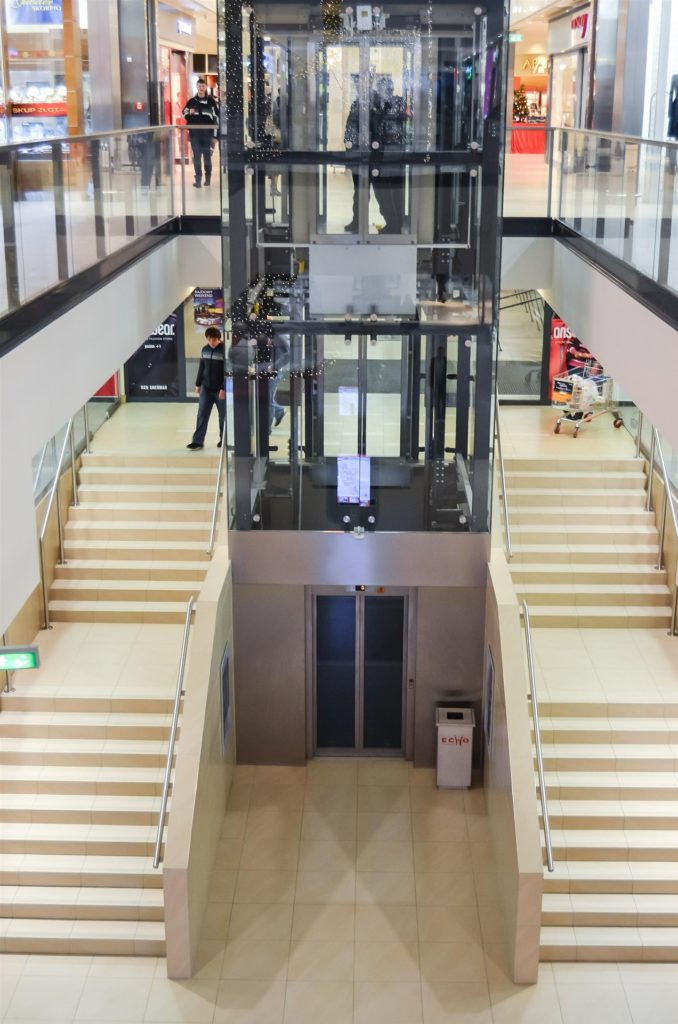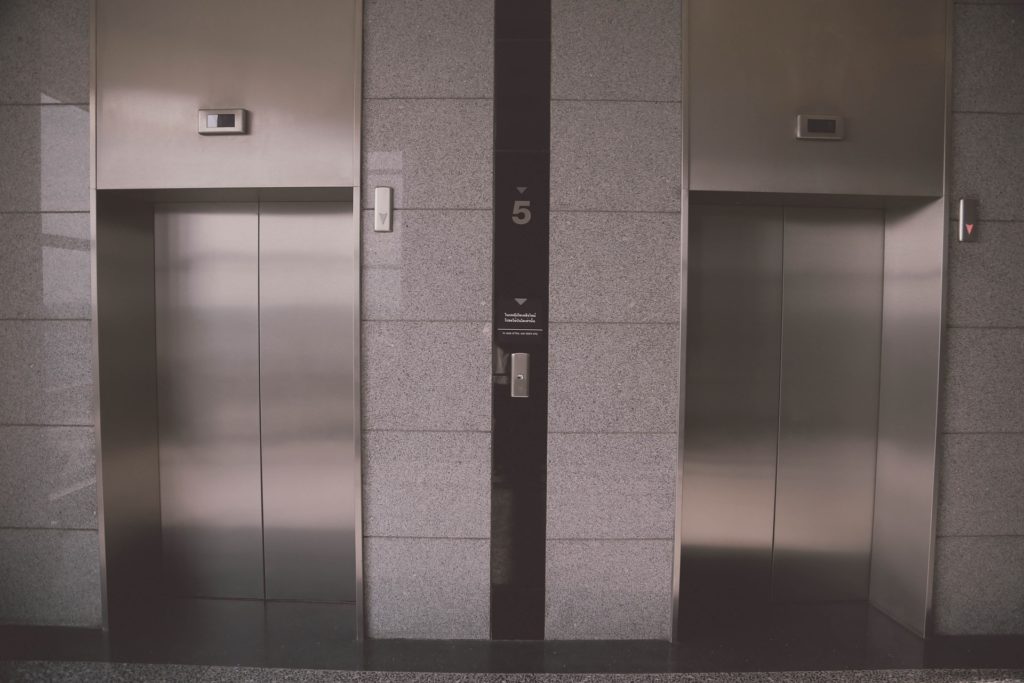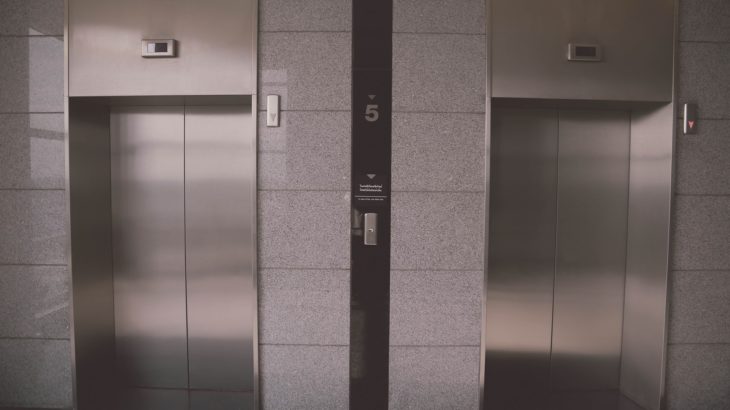
While elevator accidents are rare, malfunctions and breakdowns are rather common. And no one wants long wait times or breakdowns when they have to get back to work. In fact, not only can thorough inspections and routine maintenance decrease energy consumption by up to 15% but they can also significantly increase productivity by eliminating downtime.
There are many factors that can contribute to these malfunctions or breakdowns. Below are five common elevator issues that you may face, with tips on how to fix them.
Problem # 1: Power Failure
It is common knowledge that even a single elevator needs a large supply of power from commercial building utility systems. Which explains why even the smallest update made to the voltage can affect the way the motor operates. Worst-case scenarios, the whole system can be damaged.
Solution: Power Quality Survey
If the elevator has a history of power failure, it is vital that it undergoes systematic power quality surveys. These surveys can uncover common faults like under/overvoltage. Using infrared thermography, a trained technician can measure significant fluctuations in temperature and can, eventually, reduce the risk of costly system failure.
Problem # 2: Worn Sheaves
If the grooves on the sheaves show signs of wear and tear, the ropes that are used to support the elevator cab experiences additional strain that would not be placed on it otherwise. This, in turn, leads to even further stress applied to the sheaves causing it to become more damaged as time passes.
Solution: Regrooving or Replacing
Because the damage is inevitable once it begins, it is imperative that inspection of the sheaves is done regularly and properly. If the sheaves are worn, they will have to be either regrooved or replaced. Replacing and regrooving are the best solutions to preventing premature hoist rope failure.
Problem # 3: Contamination
Regular usage of the elevator will lead to eventual wear and tear. With this wear and tear comes the release of small metal particles into the oil in the system. These particles can be highly damaging for the elevator as these particles can interfere with the proper functioning of the elevator system.
Solution: Check the Oil and Lubrication Regularly
The oil in the elevator must be checked for contaminants and motor wear. An oil analysis can help you do that. This analysis will also reveal if premature wear has occurred on the gear’s crown, in the motor or on the pump housing.
Problem # 4: Bearing Malfunction
Bearing malfunction is more often than not the leading cause behind motor failures. The bearing is actually a part that is designed to constrain the movement of a piece of machinery. This limits the friction between moving parts in the elevator and reduces it significantly.
Solution: Inductive Absorbers
Some companies choose to have frequency drives installed. However, these can actually cause even more damage! Instead, a better alternative would be an inductive absorber. Not only can it absorb vibration currents, but it can also protect the system from collapses and ensure that all grounds are connected and secure.
Problem # 5: A Motor Drive that is Misaligned
Improper alignment in the motor can cause wear on motor bearings and lead to even more trouble and expenses down the line. Therefore, it is crucial for the maintenance expert to ensure that the shaft is perfectly aligned when another piece of equipment is coupled to an electric motor.
Solution: Correct Measuring
The best way to detect the correct alignment or misalignment in the shaft is by resorting to laser measuring. While it can be done with a straight edge and a string, laser measuring equipment offer greater accuracy. However, a geared machine that has a flange mounted motor can eliminate this problem altogether.
Problem # 6: Elevator Doors Not Opening

An elevator door that is failing to open is really scary when you are inside. Even more so if it’s packed and stuffy! This is often caused by the failure of sensors. Another problem with sensors that don’t work is the risk of the door pinching a passenger’s hand or legs. While it won’t necessarily cause worrisome injuries, you might be faced with a lawsuit for damages.
Solution: Repair or Replace the Sensors or the Motor
Whether it’s the sensors or the motor that opens and closes the door that’s causing the problem, repairing or replacing should be enough. If not, there is probably misalignment on the door sensors and that will have to be fixed.
Take Away
The best way to ensure smooth and reliable operation is having the elevators in the building regularly serviced by professionals. They will be able to check for any of these problems before they can even become dangerous. And taking proactive, preventative steps, is much easier and much cheaper than fixing an already broken elevator. If you are in the Toronto region, you can speak to one of the best lift maintenance companies around, March Elevator Limited, and arrange for a maintenance appointment.



















